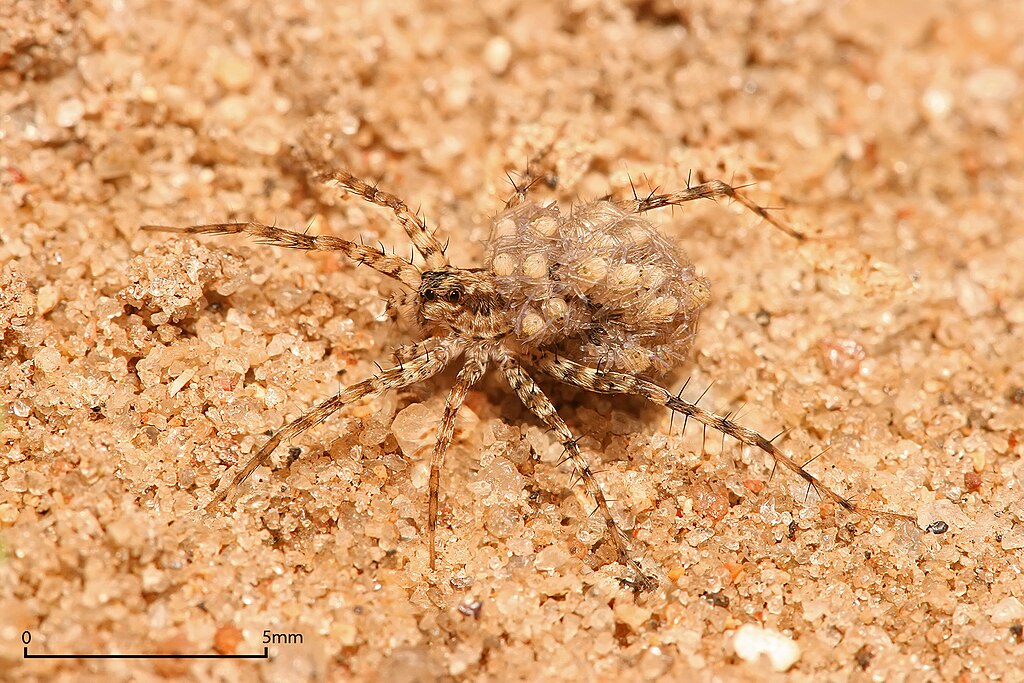Picture this: you’re walking through your backyard at dusk when something catches your eye—a dark, hairy spider scurrying across the ground. But wait, there’s something peculiar about this creature. Its back appears to be moving, almost pulsating with life. As you lean closer (from a safe distance, of course), you realize you’re witnessing one of nature’s most remarkable parenting displays. That spider isn’t just carrying cargo—it’s carrying its babies. Wolf spiders, those often misunderstood eight-legged wanderers, have evolved one of the most fascinating child-rearing strategies in the animal kingdom. These devoted mothers literally carry their offspring on their backs for weeks, creating what looks like a living, breathing backpack of tiny spiders. It’s a sight that can make your skin crawl or fill you with wonder, depending on your relationship with arachnids.
The Anatomical Marvel Behind Baby-Carrying

Wolf spiders possess a unique abdominal structure that makes their baby-carrying behavior possible. Their spinnerets, located at the rear of their abdomen, produce special silk that creates an egg sac with remarkable adhesive properties. This silk doesn’t just hold the eggs together—it forms a complex attachment system that allows the sac to stick firmly to the mother’s body. The mother’s abdomen features specialized bristles and microscopic hooks that interlock with the silk fibers of the egg sac. Think of it like nature’s version of Velcro, but far more sophisticated. These tiny structures ensure that even during the most vigorous hunting expeditions or escape maneuvers, the precious cargo remains secure. What’s truly remarkable is how the mother’s body chemistry changes to accommodate this burden. Her leg muscles strengthen, her balance shifts, and her entire locomotion adapts to compensate for the additional weight she’s carrying.
The Journey Begins: From Egg Sac to Hitchhiking Spiderlings
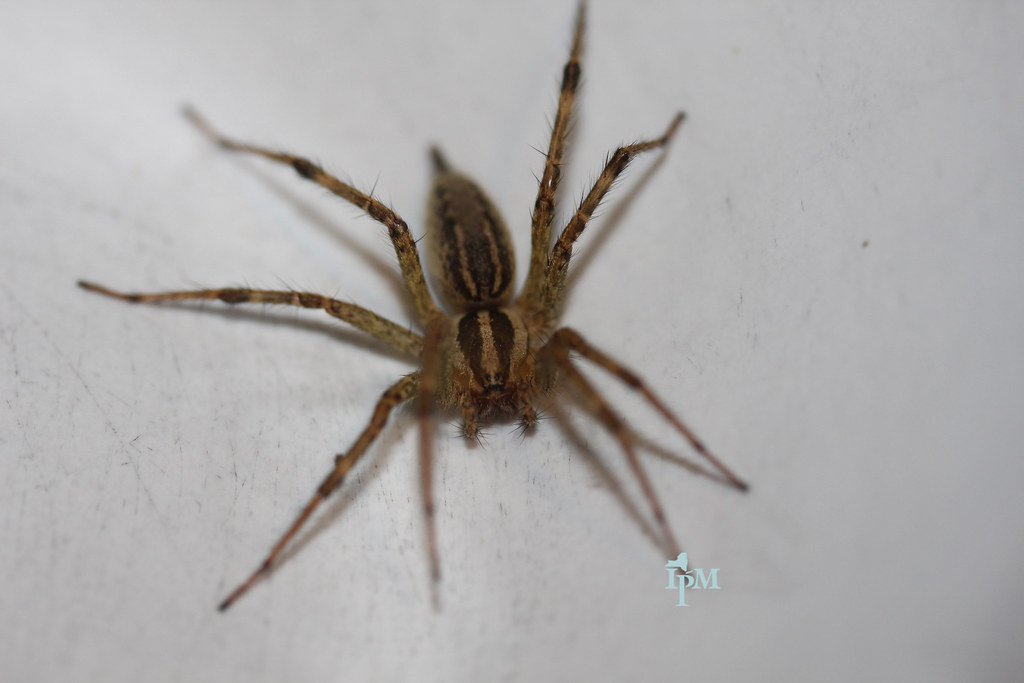
The story starts when a female wolf spider creates her egg sac, a silken masterpiece that can contain anywhere from 50 to 200 eggs. She attaches this precious bundle to her spinnerets and begins what might be the most dedicated babysitting job in the animal kingdom. For two to three weeks, she carries this egg sac everywhere she goes, rotating it regularly to ensure even heat distribution. When the spiderlings finally hatch, they don’t immediately disperse like many other spider species. Instead, they climb onto their mother’s back in a carefully orchestrated migration. The newly emerged babies use their tiny claws to grip onto specialized hairs on their mother’s abdomen and legs. This transition from egg sac to back-riding happens quickly, usually within hours of hatching. The mother spider seems to instinctively know when her babies are ready to make the move, often helping them by positioning her body to create the easiest climbing route.
The Science of Spiderling Attachment

Each tiny spiderling comes equipped with microscopic claws that are perfectly designed for gripping their mother’s hair-like setae. These claws work like miniature grappling hooks, allowing the babies to maintain their grip even when their mother is running at full speed. The attachment is so secure that researchers have found it takes considerable force to dislodge a spiderling from its mother’s back. The mother’s body provides the perfect surface for attachment, with thousands of specialized hairs that offer multiple anchor points. These hairs are arranged in specific patterns that create a stable platform for the spiderlings to cling to. It’s like having a custom-designed climbing wall built right into your body. Scientific studies have shown that the strength of this attachment system rivals some of the strongest biological adhesives found in nature. The combination of mechanical gripping and possible chemical bonding creates a connection that’s both flexible and incredibly strong.
Temperature Regulation and Survival Benefits

Carrying babies on their backs isn’t just about transportation—it’s a sophisticated temperature regulation system. The mother’s body acts like a living heat source, keeping the spiderlings at optimal temperatures for development. Wolf spiders are cold-blooded creatures, so maintaining proper body temperature is crucial for survival. During cooler periods, the mother can position herself in sunny spots to warm up both herself and her offspring. When temperatures rise too high, she seeks shade or burrows into cooler areas. This behavioral thermostat ensures that the developing spiderlings remain within the narrow temperature range they need for proper growth. The babies also benefit from protection against temperature extremes that could be fatal to creatures so small. A sudden cold snap or scorching heat wave that might kill independent spiderlings becomes manageable when they’re riding on mom’s back.
Protection from Predators and Environmental Hazards

The world is a dangerous place when you’re smaller than a pinhead, and wolf spider mothers provide crucial protection for their vulnerable offspring. By carrying their babies, these devoted parents shield them from countless predators that would eagerly snatch up a lone spiderling. Birds, other spiders, insects, and even small mammals pose constant threats to young arachnids. The mother’s elevated position gives her a better vantage point to spot potential dangers. Her keen eyesight—wolf spiders have some of the best vision among spiders—allows her to detect threats before they become fatal. When danger approaches, she can quickly seek shelter or defend her brood. Environmental hazards like rain, wind, and debris also become less threatening when the babies are securely attached to their mother. Her body provides a natural umbrella against the elements, while her strong legs can navigate obstacles that would be insurmountable for tiny spiderlings.
The Molting Challenge: Growing While Attached

One of the most fascinating aspects of this relationship occurs when the spiderlings need to molt. Like all spiders, young wolf spiders must shed their exoskeletons to grow larger. This process, called molting, typically happens while they’re still riding on their mother’s back. The logistics seem impossible—how do you shed your skin while clinging to a moving platform? The spiderlings have evolved remarkable timing for this process. They often molt simultaneously, creating a brief period where the mother’s back is covered in tiny, vulnerable spiders emerging from their old skins. During this critical time, the mother becomes extremely defensive and may refuse to move until her babies have completed their transformation. The new exoskeletons are initially soft and flexible, making the spiderlings even more dependent on their mother’s protection. It takes several hours for their new armor to harden, during which time they’re essentially helpless passengers on the maternal transport system.
Feeding Strategies for the Traveling Family
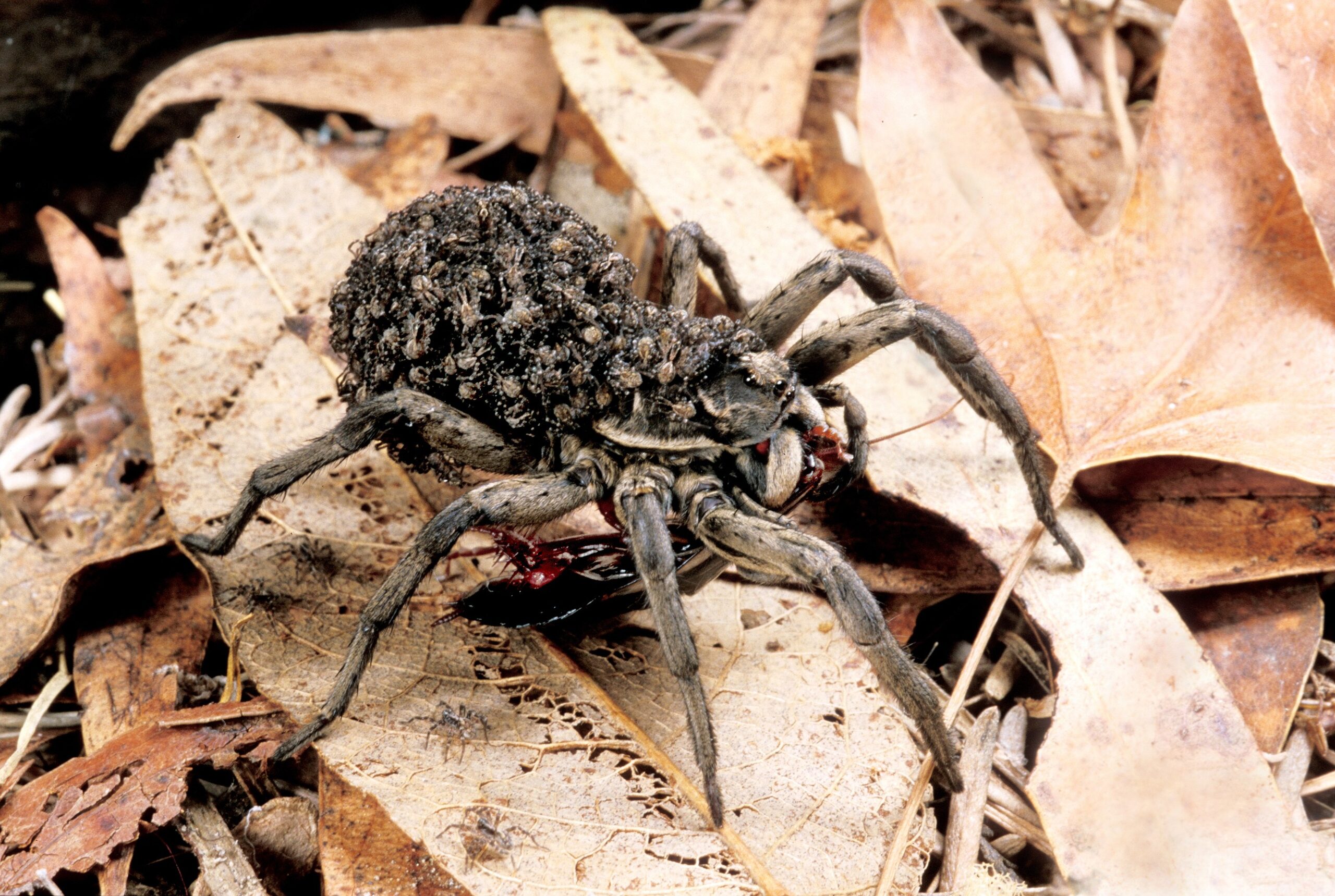
Carrying a back full of babies doesn’t stop a wolf spider mother from needing to hunt and feed herself. These remarkable mothers have adapted their hunting techniques to accommodate their precious cargo. They become more selective about their prey, often choosing smaller, less dangerous targets that won’t put their babies at risk during the struggle. The hunting process becomes a delicate balance between securing food and protecting offspring. Mother wolf spiders often hunt closer to their hiding spots, reducing the time spent in open areas where both she and her babies are vulnerable. They may also hunt more frequently but take smaller prey to avoid the violent struggles that could dislodge their passengers. Interestingly, the spiderlings don’t feed during their time on their mother’s back. They survive on nutrients stored in their bodies from their time in the egg sac. This fasting period lasts until they’re ready to venture out on their own, typically after their first molt.
Communication Between Mother and Babies
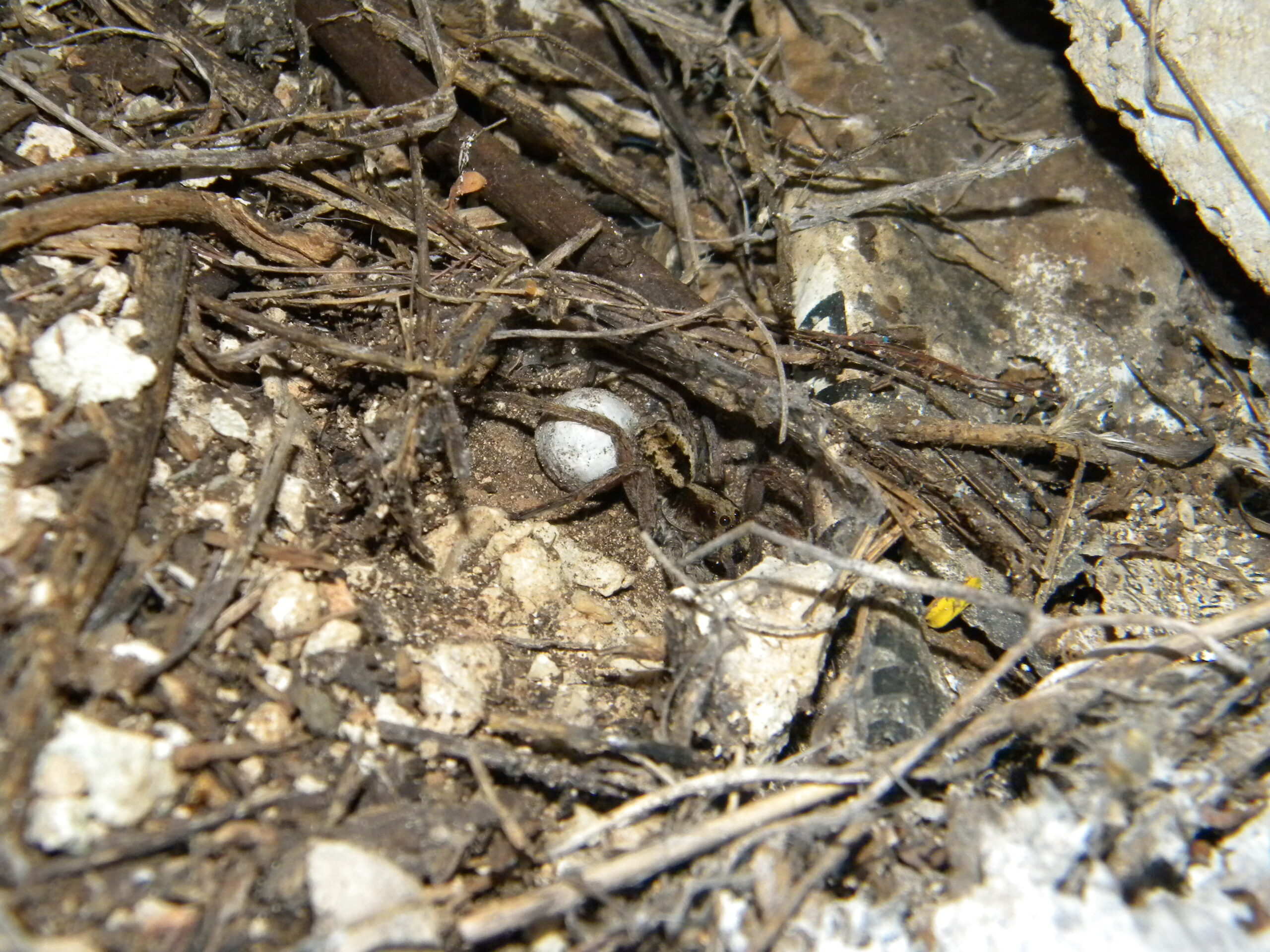
The relationship between a wolf spider mother and her offspring involves sophisticated communication systems that scientists are only beginning to understand. The spiderlings can detect vibrations through their mother’s body, essentially receiving information about the world around them through her movements and reactions. When she tenses up in response to a threat, they feel it and respond accordingly. Chemical communication also plays a crucial role in this relationship. The mother produces specific pheromones that help her babies recognize her and maintain their bond. These chemical signals help the spiderlings distinguish their mother from other adult spiders and may even provide information about environmental conditions. The babies themselves contribute to this communication network through their movements and positioning on their mother’s back. Their shifting weight and grip patterns may communicate their condition and needs to their devoted parent.
The Gradual Independence Process

The transition from back-riding to independence doesn’t happen overnight. As the spiderlings grow larger and stronger, they begin to venture short distances from their mother’s back. These initial expeditions are brief and cautious, with the babies quickly returning to their safe haven when they sense any disturbance. The mother plays an active role in encouraging this gradual independence. She may slow down her movements or stop frequently to allow her babies to explore their immediate surroundings. This behavioral change signals to the spiderlings that it’s time to start testing their own abilities. Over the course of several days to a week, the spiderlings spend increasing amounts of time off their mother’s back. They begin to hunt tiny prey like springtails and other microscopic creatures, developing the skills they’ll need for survival on their own.
When Things Go Wrong: Maternal Stress and Adaptation

The baby-carrying period isn’t without its challenges, and wolf spider mothers face numerous stressors that can impact their success. Environmental pressures like drought, extreme temperatures, or habitat disruption can force mothers to make difficult decisions about their offspring’s welfare. In some cases, overstressed mothers may abandon their egg sacs or even consume some of their young. Research has shown that mothers carrying babies have higher metabolic demands and may struggle to find adequate nutrition. This stress can affect their ability to care for their offspring and may lead to reduced survival rates for both mother and babies. The delicate balance between self-preservation and maternal care becomes even more crucial during difficult environmental conditions. However, these remarkable mothers have shown incredible adaptability in the face of adversity. They can adjust their behavior, seeking better hunting grounds or more secure shelter when conditions become challenging. Their dedication to their offspring often pushes them to survive in conditions that would be fatal to non-reproductive individuals.
The Role of Weather and Seasons

Weather patterns and seasonal changes dramatically influence the baby-carrying behavior of wolf spiders. In temperate regions, most wolf spider reproduction occurs during warmer months when food is abundant and environmental conditions are more favorable. The timing of egg-laying and spiderling development often coincides with peak prey availability. Cold weather presents particular challenges for carrying mothers. Their metabolic rate slows down, making it harder to maintain the energy needed for both survival and childcare. Many species time their reproductive cycles to ensure that the vulnerable baby-carrying period occurs during the most favorable weather conditions. Rainfall can be both beneficial and challenging for these maternal spiders. While moisture helps maintain proper humidity levels for developing spiderlings, heavy rains can create flooding conditions that force mothers to seek higher ground while maintaining their grip on their precious cargo.
Evolutionary Advantages of This Unique Strategy
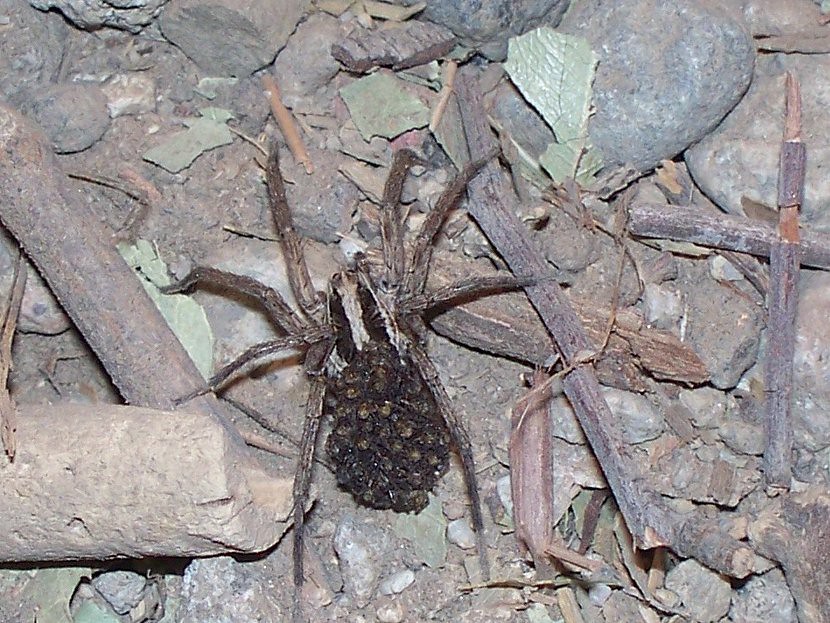
The evolution of baby-carrying behavior in wolf spiders represents a remarkable adaptation that has clear survival advantages. By keeping their offspring close, mothers can ensure higher survival rates compared to species that abandon their young after egg-laying. This strategy allows for more intensive parental care, resulting in stronger, more capable spiderlings when they finally become independent. The close proximity between mother and babies also facilitates learning opportunities that wouldn’t exist in species with no parental care. Young wolf spiders can observe their mother’s hunting techniques, predator avoidance strategies, and habitat selection choices during their time as passengers. This observational learning gives them a significant advantage when they strike out on their own. From an evolutionary perspective, this behavior represents a trade-off between the number of offspring and the quality of care provided. While wolf spiders produce fewer offspring than some other spider species, the intensive care they provide results in higher survival rates and more successful reproduction in the next generation.
Comparison with Other Arachnid Parenting Strategies
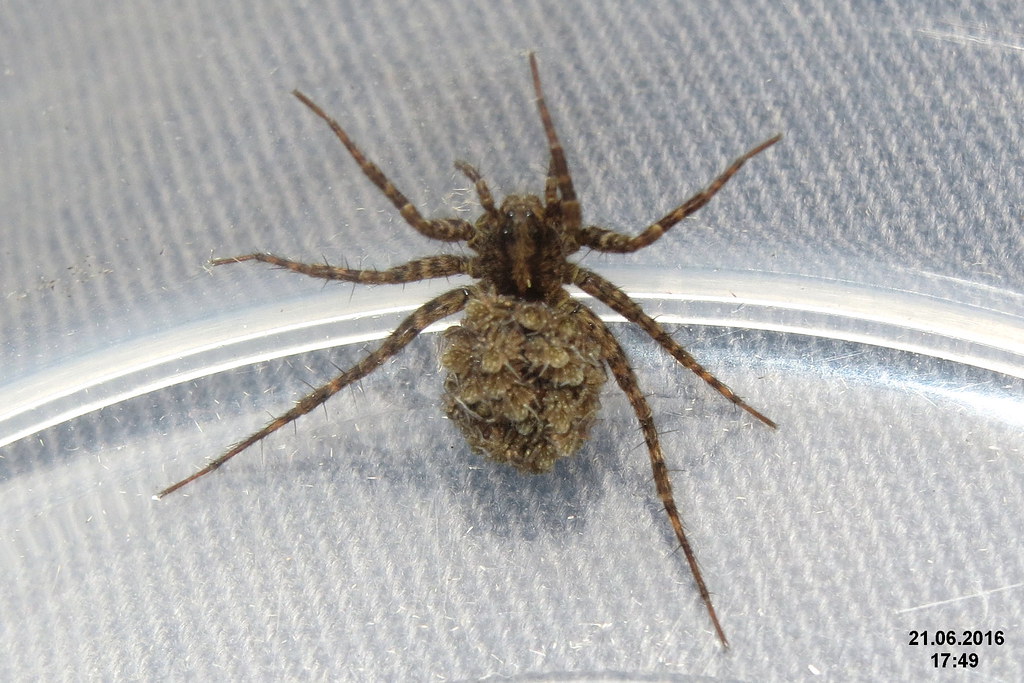
Wolf spiders aren’t the only arachnids that provide parental care, but their back-carrying strategy is particularly unique. Scorpion mothers also carry their young on their backs, but their approach differs significantly from wolf spiders. Scorpion babies climb onto their mother’s back immediately after birth and remain there until their first molt, which typically occurs within a week or two. Other spider species have evolved different approaches to parental care. Some orb weavers guard their egg sacs but provide no care for their offspring after hatching. Jumping spiders may build elaborate nursery webs but don’t carry their young. The wolf spider’s approach represents one of the most intensive forms of parental care found in the spider world. The comparison with other species highlights the remarkable commitment that wolf spider mothers make to their offspring. Their willingness to carry this burden for weeks, despite the obvious costs in terms of mobility and energy, demonstrates the evolutionary value of this unique parenting strategy.
Human Encounters and Conservation Implications

For humans, encountering a wolf spider carrying babies can be both fascinating and unsettling. These spiders are often found in gardens, basements, and other human-inhabited areas, making such encounters relatively common. Understanding their behavior can help people appreciate these remarkable creatures rather than fear them. Conservation efforts for wolf spiders focus on habitat preservation and reducing pesticide use in areas where they’re commonly found. These spiders play important roles in controlling insect populations, making them valuable allies in natural pest management. Their unique parenting behavior makes them particularly vulnerable to environmental disturbances during the reproductive season. Climate change poses emerging challenges for wolf spider populations, potentially disrupting the delicate timing of their reproductive cycles. Changes in temperature and precipitation patterns could affect the success of their baby-carrying strategy and overall population dynamics.
Conclusion: Nature’s Remarkable Parenting Solution

The sight of a wolf spider carrying her babies on her back represents one of nature’s most extraordinary parenting solutions. This behavior combines sophisticated biology, evolutionary adaptation, and pure maternal dedication in a way that challenges our understanding of what’s possible in the animal kingdom. These eight-legged mothers have evolved a system that maximizes their offspring’s survival chances while demonstrating levels of parental care that rival much larger, more complex animals. The intricate mechanisms that make this behavior possible—from specialized attachment systems to complex communication networks—reveal the incredible sophistication of these often-misunderstood creatures. Their ability to balance self-preservation with intensive childcare offers insights into the evolutionary pressures that shape parental behavior across species. Perhaps most remarkably, these devoted mothers continue this exhausting routine for weeks, sacrificing their own mobility and safety for their babies’ welfare. They navigate a dangerous world while carrying their most precious cargo, demonstrating that some of nature’s most profound acts of love come in the smallest packages. What other secrets might these remarkable creatures be hiding in plain sight, waiting for us to notice and appreciate their extraordinary lives?

